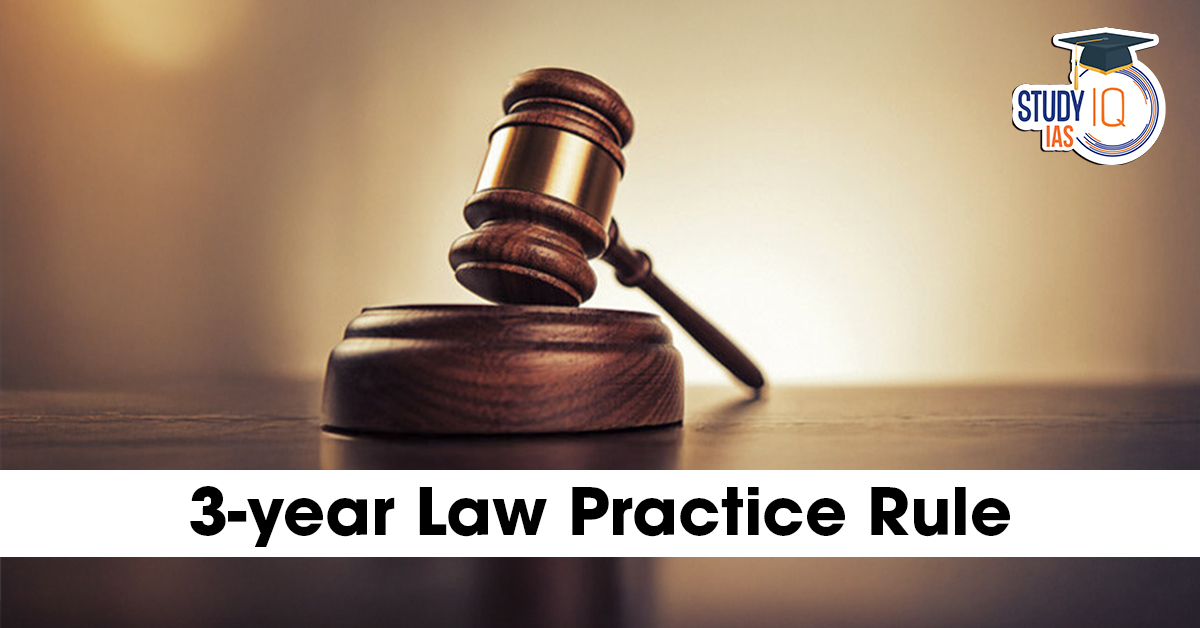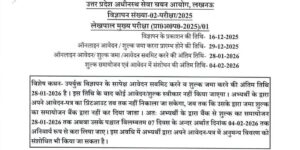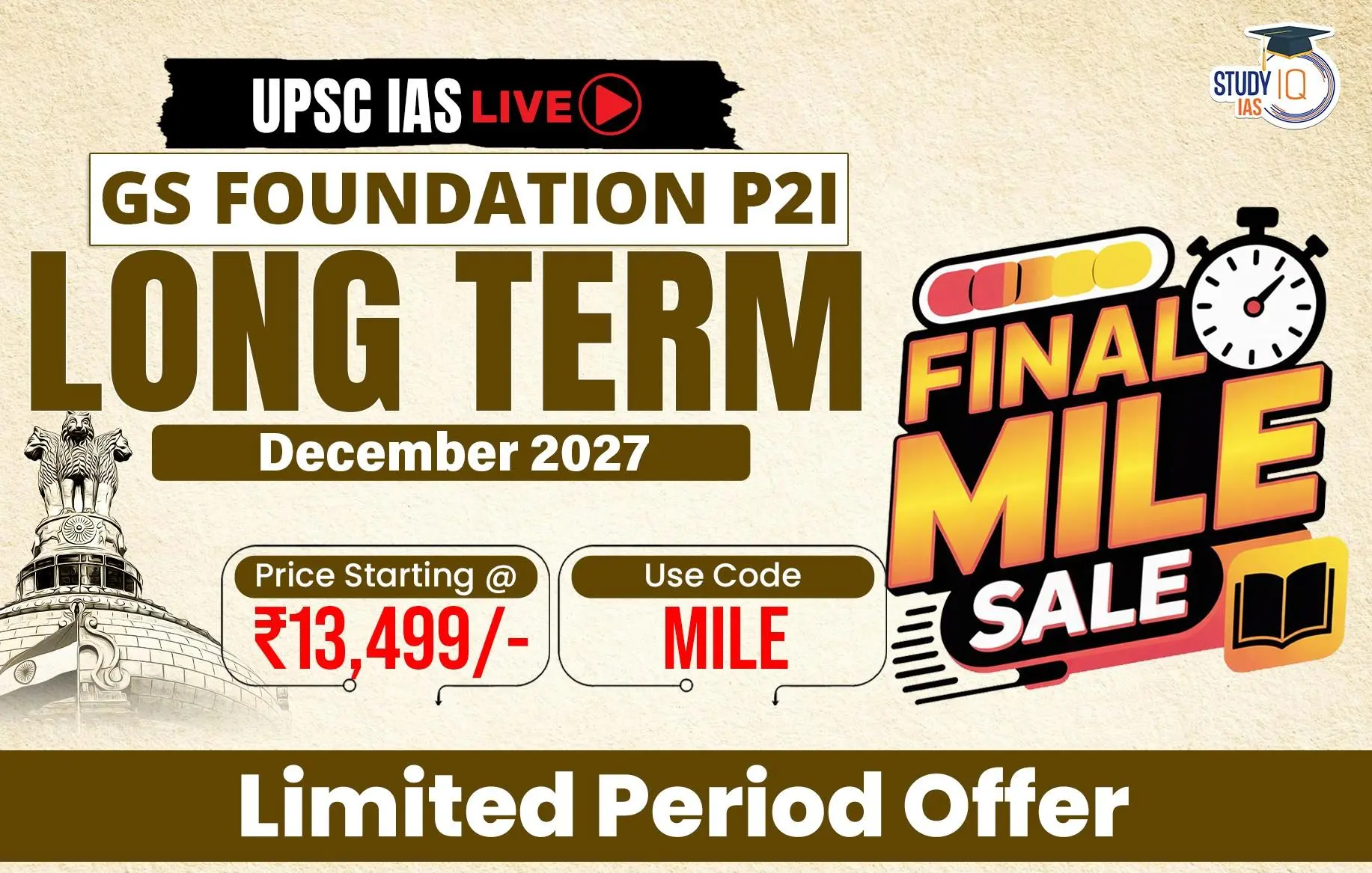Table of Contents
1. Judgment breakdown and ratio decidendi
On 20 May 2025 the Supreme Court disposed of a batch of interlocutory applications in All India Judges’ Association v. Union of India (W.P. (C) No. 1022 of 1989; 2025 INSC 735). Inter alia, the Bench of B. R. Gavai, C.J.I., and Justices Augustine George Masih and K. Vinod Chandran revisited the eligibility conditions for entry to the subordinate judiciary and restored the previously abandoned requirement of three years’ continuous practice at the Bar before a candidate may sit the Civil Judge (Junior Division) examination.
The operative part appears at para 89(vii) of the judgment:
“Candidates desirous of appearing in the examination for the post of Civil Judge (Junior Division) must have practiced for a minimum period of three years to be eligible for the said examination….”
The Court further directed that the requisite experience:
- shall be reckoned from the date of provisional enrolment with a State Bar Council rather than the date of passing the All-India Bar Examination (AIBE);
- may include time spent as a law-clerk to any Judge or Judicial Officer;
- must be evidenced by a certificate from an advocate of not less than ten-years’ standing, countersigned by the appropriate Principal Judicial Officer or officer nominated by the High Court or this Court.
Crucially, the rule operates prospectively: ongoing recruitment processes are untouched and the amended qualification will apply “only from the next recruitment process”.
2. Ancillary directions with systemic ramifications
- Training & induction – Every fresh recruit must undergo at least one year’s training before presiding over a court.
- Limited Departmental Competitive Examination (LDCE) –
- Quota for promotion from Civil Judge (Sr. Div.) to District Judge is restored to 25 % (up from 10 %).
- Minimum qualifying service for LDCE is reduced to three years as Civil Judge (Sr. Div.), with a cumulative seven-year judicial service requirement.
- Merit channel within the civil cadre – Ten per cent of posts in the Senior Division are reserved for accelerated promotion of meritorious Junior Division officers through a parallel LDCE mechanism.
- Uniform vacancy computation – Vacancies for all departmental competitive examinations must be calculated on the basis of cadre strength, not ad-hoc yearly vacancies.
- Suitability tests for higher promotions – High Courts lacking objective criteria must frame or revise rules to assess legal knowledge, judgment quality, ACRs, disposal rate and viva-voce performance before promoting Senior Division officers to the District Bench.
3. Doctrinal justification
The Bench relied heavily on empirical feedback from High Courts indicating that “raw graduates” without courtroom exposure struggled with decorum, procedure and stakeholder management. Echoing the Court’s 1993 observations that “neither knowledge derived from books nor pre-service training can be an adequate substitute for first-hand experience of the court-system”, the judgment holds that a three-year stint at the Bar is the minimal filter to ensure “confidence and circumspection” in those who will, from day one, determine “questions of life, liberty, property and reputation of litigants”.
4. Likely impact on aspirants and the administration of justice
- Transition window – Aspirants currently preparing for the examination through StudyIQ Judiciary may sit forthcoming cycles under the old rules; thereafter they must demonstrate three complete years of practice.
- Demographic composition – Concerns of exclusion, particularly of women and economically disadvantaged candidates, remain live, yet the Court sought to soften the blow by allowing clerkship periods to count and by mandating early-stage stipendiary training.
- Vacancy management – By enlarging LDCE quotas and tightening suitability standards, the Court aims to accelerate upward mobility for meritorious officers and to plug long-standing vacancies in the district courts.
5. Simple action-plan for StudyIQ Judiciary learners
- Start your Bar practice early
• Sign up with your State Bar as soon as you graduate.
• Work on real cases and get a senior lawyer to give you a certificate proving your three years of practice. - Use judicial clerkships to your advantage
• Apply for clerk or research-assistant posts with judges.
• Time spent as a clerk now counts toward the three-year practice rule, so log every month. - Plan your study and career calendar together
• While you build those three years of practice, keep studying the exam syllabus with StudyIQ Judiciary.
6. Concluding observation
The Supreme Court’s ruling doesn’t close doors—it simply raises the threshold. The Bar experience is now the proving ground that separates casual aspirants from career jurists. StudyIQ Judiciary is built precisely for this moment.
- While you clock your three years of practice or clerkship, our courses keep your doctrinal edge razor-sharp.
- Our structured study plans sync with your courtroom schedule, so preparation never stalls.
- Expert faculty decode every new judgment and rule change in real time, turning daily practice into exam-ready insight.
In short, the Court has made practical exposure mandatory; StudyIQ Judiciary makes turning that exposure into a top-rank finish inevitable. Enrol now, stay ahead of the curve, and let the robe be a milestone—not a distant dream.


 Delhi Police Admit Card 2025 Out – Dow...
Delhi Police Admit Card 2025 Out – Dow...
 UP Lekhpal Notification 2025 Out: Apply ...
UP Lekhpal Notification 2025 Out: Apply ...
 List of National Parks in India 2025, Ch...
List of National Parks in India 2025, Ch...

























